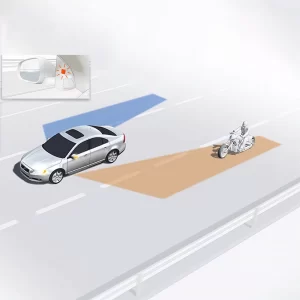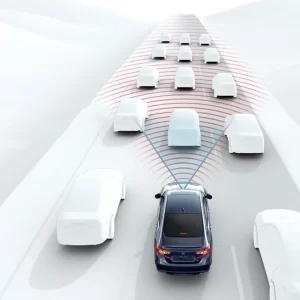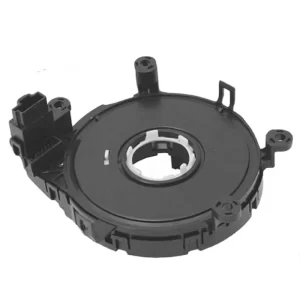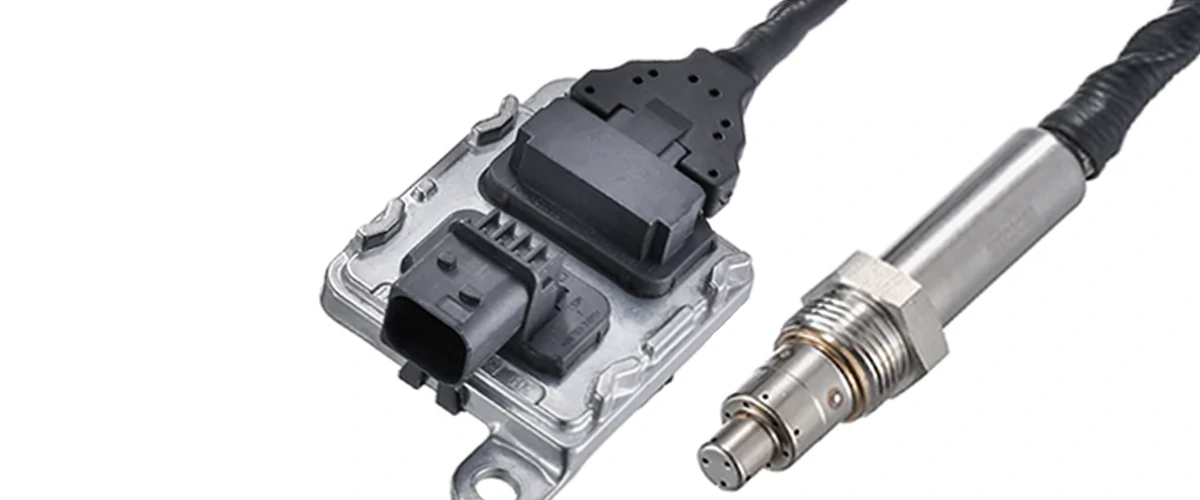Since the 2012 model year, the National Highway Traffic Safety Administration (NHTSA) has mandated that all new passenger cars sold in the United States be equipped with an Electronic Stability Control (ESC), also often referred to as the Electronic Stability Program (ESP). ESC is a complex system that works in conjunction with multiple sensors and an onboard computer to improve the vehicle’s driving stability by detecting and reducing wheel slip or side slip. Its core sensors include:
- Yaw rate sensor: monitors the vehicle’s rotation speed around the vertical axis
- Lateral acceleration sensor: detects changes in the vehicle’s lateral force
- Wheel speed sensor: collects speed information of each wheel in real time
- Steering wheel angle/steering torque sensor: records the driver’s steering intention
The ESC module compares the data fed back by the above sensors with the vehicle dynamic model preset in the system. Once the vehicle is found to be out of control due to oversteer, understeer, or roll, the system will first send a command to the engine control module (ECM) to appropriately reduce the engine torque (the throttle opening will be reduced for models with electronic throttle). If simply reducing torque cannot restore vehicle stability, ESC will work with the anti-lock braking system (ABS) to apply braking to specific wheels to help the vehicle return to the correct driving trajectory, ensuring that the driver can always maintain control of the vehicle.









